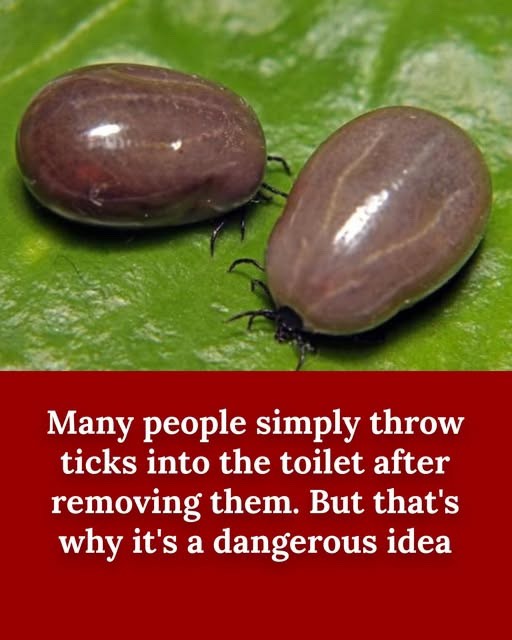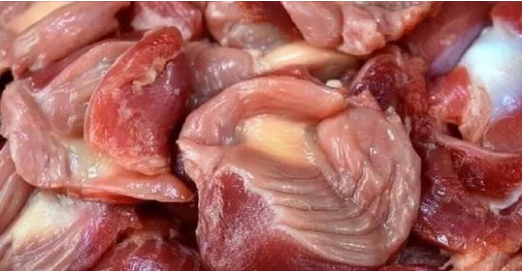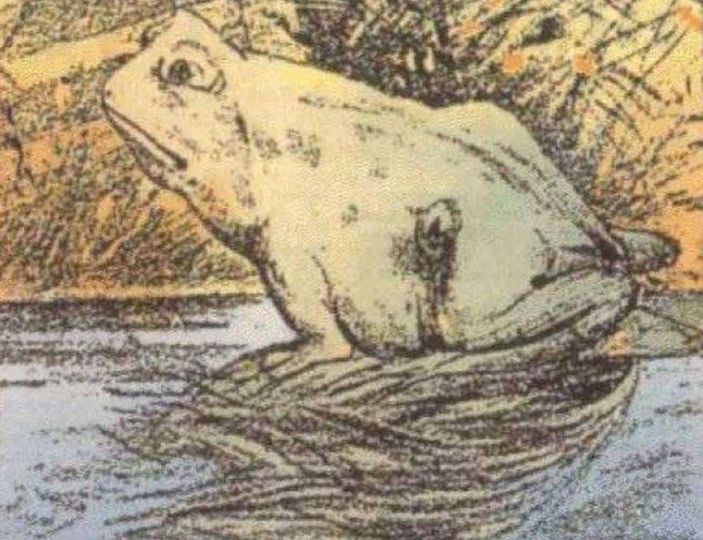Super-size trapdoor spider discovered in Australia
Super-size trapdoor spider discovered in Australia
Australia is known for its many dangerous creatures, from snakes to crocodiles to spiders. But in Central Queensland, researchers have discovered a new venomous arachnid: an over-sized species of trapdoor spiders. It’s been called Euoplos dignitas, which scientists with the Queensland Museum explained as being “derived from the Latin ‘dignitas,’ meaning ‘dignity’ or ‘greatness’” to reflect “the impressive size and nature of the spider.”
The New Species of Trapdoor Spiders
These newly-found spiders live in open woodlands, building burrows in Central Queensland by the northeastern coast of Australia. Unfortunately, land clearing has wiped out many of these spiders’ habitats. Researchers believe they may be an endangered species as a result. Although they did not reveal exactly how large this new species is, trapdoor spiders, on average, are 1.5 inches long. Males tend to live 5 to 7 years and die soon after mating, but females could live over 20 years in the wild. Newly hatched spiders stay with their mothers for a few months before going out to make their own burrows.
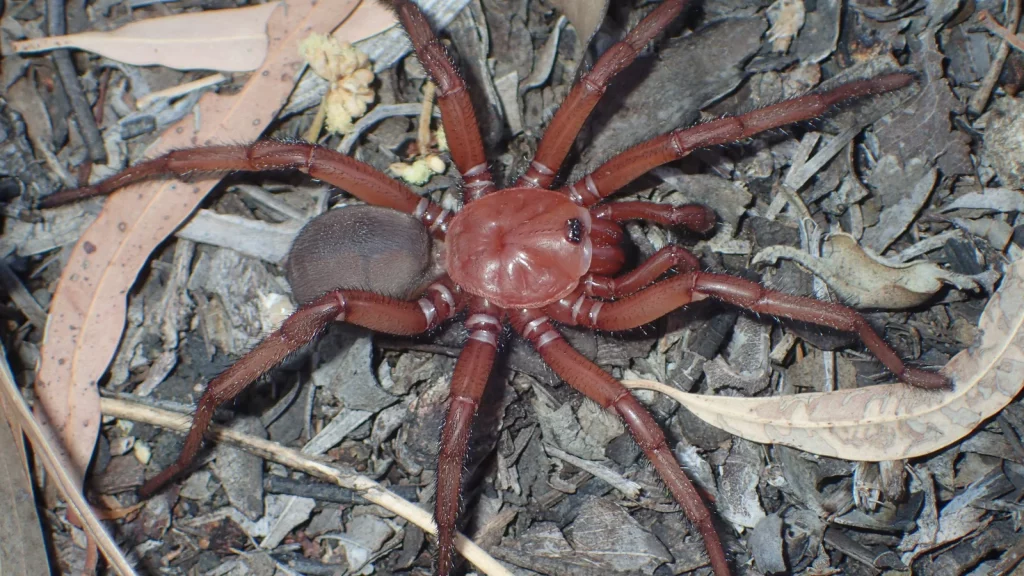
Trapdoor spiders got their name from their hunting technique. They burrow into the ground and spin silken-hinged doors overhead. When prey passes by, the spiders open the “trapdoor” and catch them by surprise. They tend to eat crickets, grasshoppers, moths, and beetles, while their natural predators include parasitic flies, parasitic wasps, centipedes, birds, and scorpions. These hairy arachnids tend to nest underground, and although they are not dangerous to people, their bites can result in pain and swelling.
In a video announcing this discovery, Michael Rix, the principal curator of arachnology with the Queensland Museum Network, called the spiders “a big, beautiful species,” and said the team were looking forward to “formally, scientifically document this new species.”
Similarly, Jeremy Wilson, an arachnology research assistant with the Queensland Museum Network, said “you just never know what you’re going to find,” referring to new animal discoveries, a vital stage in conservation since this species “is now known to everyone and can be protected.” [1]
Spiders in Australia
Trapdoor spiders made headlines previously with the death of Number 16 — when the oldest known spider died. Number 16, a trapdoor spider, died at age 43, annihilating the previous record: a tarantula in Mexico dying at age 25. Australian arachnologist Barbara York Main used Number 16 in 1974 to study trapdoor spider behavior in native bushland.
During this research, the spiders were examined every six months, and Number 16 outlived them all, dying in 2016 after her burrow was infiltrated by parasitic wasps. The study demonstrated that these spiders tend to die when their homes are destroyed or damaged since they generally cannot go build a new one. This shows the importance of maintaining these habitats to keep these species alive. “In contrast, humans are too rushed and unsustainable at the rate we consume and destroy resources,” says the lead author of the new study Leanda Mason. [2]
Trapdoor spiders are not the only unique creatures that call Australia home. And many of them are far more dangerous than these spiders. The Sydney funnel-web spider is the most dangerous one in the country, but fortunately, the anti-venom medication prevents many fatalities from these bites. [3]
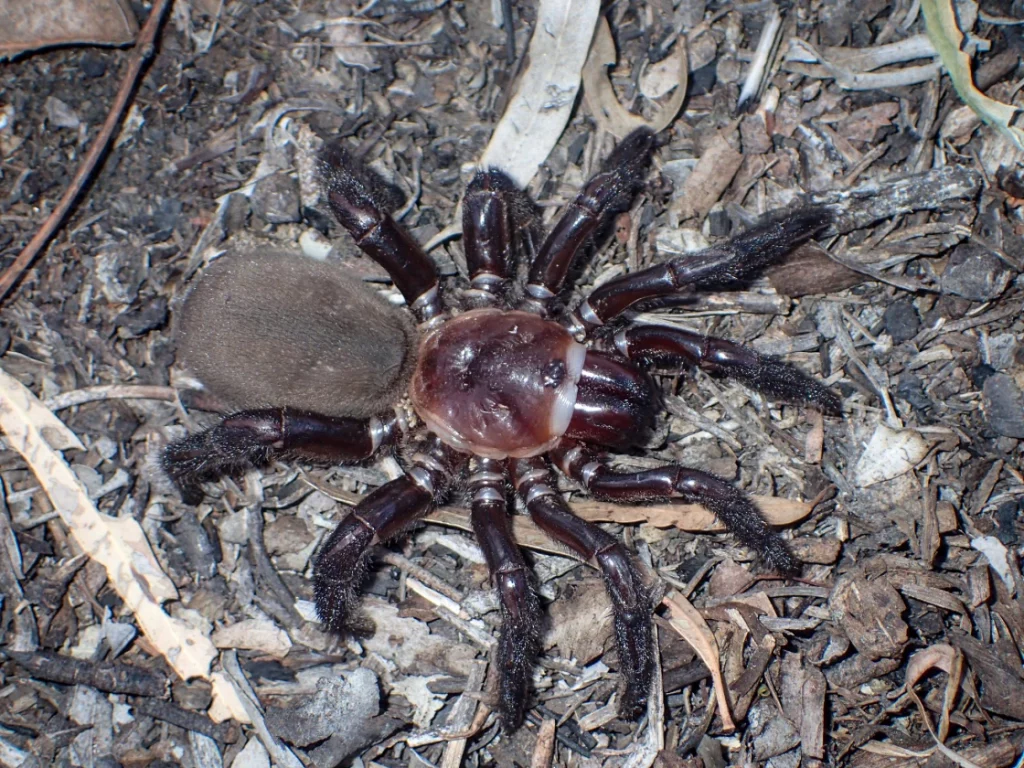
More Dangerous Animals in Australia
Australia also houses some of the most venomous land snakes. However, they tend to be shy creatures who prefer to flee instead of attack. But the Inland Taipan is the most venomous of them all. Scientists estimate that one bite could kill several fully-grown adults. They are fast and agile snakes who can strike with deadly accuracy. But their shy, meek nature and remote habitats far from humanity make them less dangerous than other snakes. [4]
Perhaps the scariest creature in Australia is the saltwater crocodile, the largest reptile in the world. They appear in rivers, creaks, lagoons, and swamps. Despite their name, they can swim in freshwater as well as saltwater. And they would eat just about anything from water birds and sea turtles to mammals as large as water buffalos and even other crocodiles. Humans are also potential targets and should take precautions when crossing crocodile habitats. [5]
An average adult can grow 3–5m — and they can keep growing. “We used to think that crocodylians … had what we call indeterminate growth, which means that they kept growing throughout their lives,” said Stephanie Drumheller-Horton, a paleontologist at the University of Tennessee, Knoxville. “There has been research on American alligators that suggest that this might not be the case and that growth does taper off in very old animals. But it is absolutely true that these animals keep growing long after they reach sexual maturity. So, basically, a bigger crocodile is an older crocodile.” [6]
Keep Reading: Why Woodpeckers Don’t Get Headaches from Hammering
Sources
- “A giant trapdoor spider was discovered in Australia.” NPR. Kaitlyn Radde. March 24, 2023
- “World’s Oldest Known Spider Dies at 43, With Lesson for Us.” National Geographic. Stephen Leahy. April 30, 2018
- “Spiders.” Queensland Museum Network.
- “Snakes.” Queensland Museum Network.
- “Estuarine Crocodile.” Australian Museum. Cecilie Beatson. November 19, 2020
- “How Did the Massive ‘Salty’ Crocodile Captured in Australia Get So Freaking Big?” Live Science. Rafi Letzer. July 11, 2018


